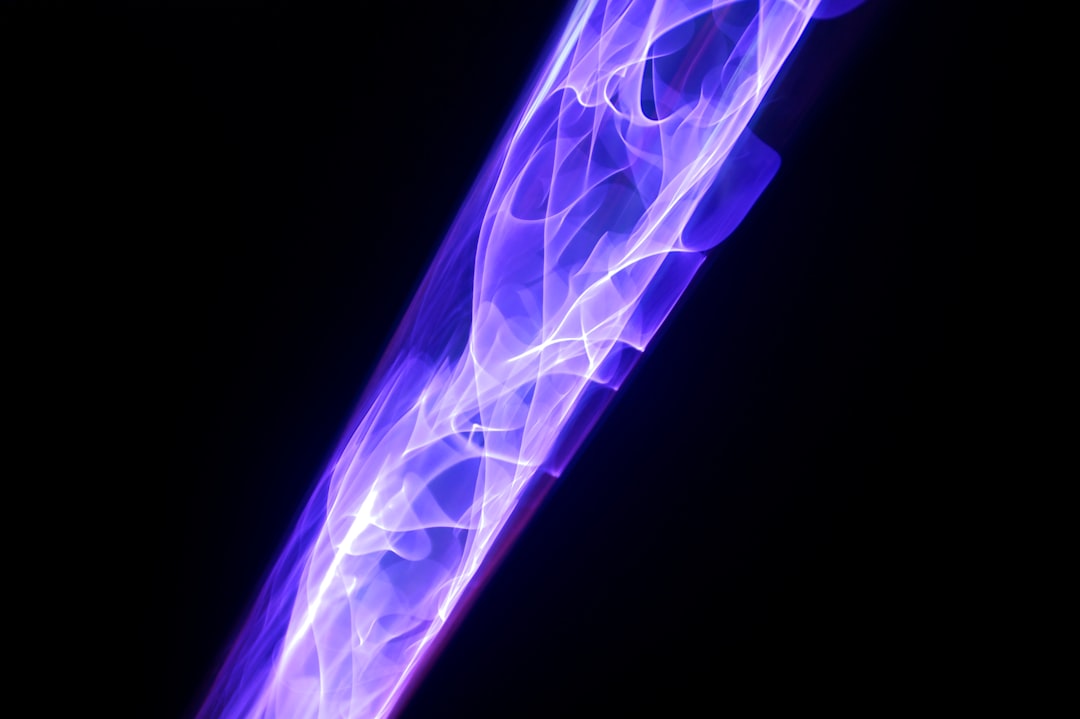What is it about?
Gas dynamic trap (GDT ) at Budker Institute (Novosibirsk, Russia) is a big axially symmetric open magnetic trap aimed at nuclear fusion applications. In this setup, hot plasma is produced by the injection of strong neutral beams. As a result, the main energy is carried by fast ions. The fast-ion distribution over velocities plays a key role in understanding the GDT physics but it is rather hard to measure in the experiment . Such diagnostic based on the scattering of high-power mm-wave radiation (so-called collective Thomson scattering, CTS ) has been developed during the last 3 years in cooperation between Budker Institute and Institute of Applied Physics of the Russian Academy of Sciences (IAP RAS, Nizhny Novgorod, Russia) . Recently we get the first experimental results that may be interpreted as the expected scattering signal from fast ions; the detected CTS signals are compatible with our early theoretical predictions.
Featured Image

Photo by Tyler Lastovich on Unsplash
Why is it important?
High-power microwave CTS diagnostics have been successfully used for precise measurements of ion distribution function in toroidal devices like tokamaks and stellarators since 1990th. Here we present the first and the only existing implementation of such diagnostic in a large fusion-relevant open magnetic trap. Reported measurements consist of expected data allowing recovering fast-ion velocity distributions as well as some features indicating in possibly new unexpected physics. Potentially our approach lets relatively simple and direct sensing of fast-ion velocities in high-temperature core plasma what is of high demand for magnetic mirror experiments.
Perspectives
This work was initiated as a part of more broad project on the electron cyclotron resonance plasma heating (ECRH) held in cooperation between Budker Institute and IAP RAS. As a natural continuation of this cooperation, our new diagnostic is built upon the available high-power source of microwave radiation of the existing plasma heating system, so it is very cost-effective approach. Application of ECRH at GDT allows reaching record plasma parameters for open systems, that has led to good prospects for using axially symmetric traps as a high-power source of fusion neutrons. Experimental study of fast ion population formed in the plasma core plays a key role in continuation of this research at GDT and other fusion relevant facilities.
Alexander Shalashov
Institute of Applied Physics of the Russian Academy of Sciences
Read the Original
This page is a summary of: First results of collective Thomson scattering diagnostic of fast ions at the GDT open magnetic trap, Physics of Plasmas, August 2022, American Institute of Physics,
DOI: 10.1063/5.0101751.
You can read the full text:
Resources
Contributors
The following have contributed to this page










